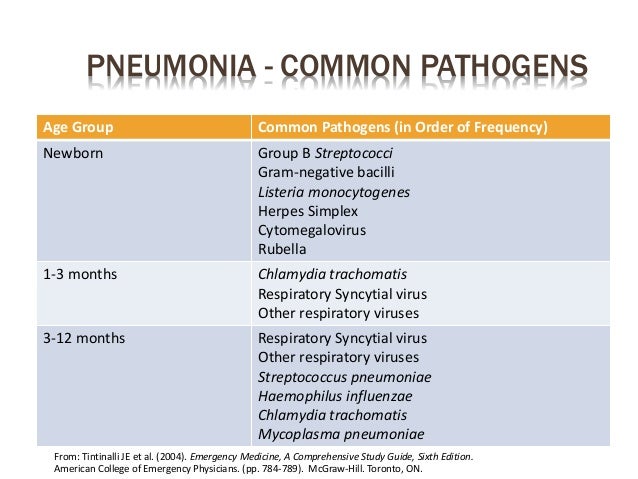
In healthy individuals, bacterial density in the lower airways is defined by a constant exchange from the upper respiratory tract and oral microbiota by micro-aspiration, and retrograde clearance by respiratory epithelium cilia and cough. The etiological agent is rarely identified, especially in elders. It is most commonly caused by bacteria, but the implication of viruses is now recognized. Pneumonia is an inflammatory condition of the lung affecting primarily the alveoli. A summary of the effect of morbidities on the risk of CAP is presented in Table 1. The more frequent ones are: cardiovascular and chronic respiratory diseases, cerebrovascular and neurodegenerative diseases such as dementia and Parkinson’s disease, chronic renal or liver disease and immunosuppression.

Comorbidities increase the risk of CAP by two-to-fourfold. Functional status is an independent predictor for short- and long-term mortality in patients hospitalized for CAP and is associated with a risk of recurrent pneumonia in the elderly. Prognosis largely depends on comorbidities such as chronic heart failure, chronic respiratory diseases, neurological diseases, level of dependence, nutritional and cognitive status of the patient. A good-quality chest X-ray is often difficult to perform and to interpret in ≥ 65 years old, and the low-dose computed tomography proved to be a more adequate tool for diagnosing pneumonia in the elderly population. Patients often present to the emergency for falls or with a simultaneous decompensation of comorbidities. In the elderly, the diagnosis is more complex due to age-related atypical symptoms, like for example, lowering of the temperature threshold. The diagnosis of pneumonia is based on respiratory clinical symptoms such as cough, dyspnea and fever and the presence of a new infiltrate on the chest X-ray. The hospital admission rate was increased with age and higher in men. Clinical pneumonia resulted in 6.8 million hospitalizations worldwide and about in 1.1 million in-hospital deaths occurred among them in 2015. The incidence of community-acquired pneumonia (CAP) is approximately 3 episodes/1000 persons in those aged between 65 and 69 years and increases to 22/1000 persons between the ages of 85 and 89 years. Pneumonia is one of the leading causes of morbidity and mortality from infection in elderly patients.
#After effects of pneumonia in elderly professional#
Daily oral hygiene and regular professional removal of oral biofilm can prevent the onset of periodontitis and can avoid an oral environment favoring the colonization of respiratory pathogens than can then be aspirated into the lungs. Maintaining teeth and masticatory efficiency is important if malnutrition and its consequences are to be avoided. Respiratory physiotherapy and mobilization improve the functional status and hence may help reduce the risk of pneumonia. A careful review of the risk–benefit of the prescribed medication is critical and adaptation may be required in elders with multiple morbidities. Pneumonia prevention starts with lifestyle modifications such as alcohol and tobacco cessation. The impairment in the oropharyngeal reflexes results in stagnation of foreign material in the lateral cavities of the pharynx which may then get aspirated repeatedly in the lungs and cause pneumonia. Dysphagia, which is associated with malnutrition and dehydration, is recognized as one of the major pathophysiological mechanism leading to pneumonia and its screening is crucial for the pneumonia risk assessment. A spiral of event leads to frailty, infection and possible death preventing pneumonia consists of controlling the risk factors.

The increased frequency of pneumonia among elderly subjects can be explained by the physiological changes linked to the progressive aging of the respiratory tree and the diminished immunological response.

/pneumonia-causes-5b0d70dea474be00375ae127.png)


 0 kommentar(er)
0 kommentar(er)
